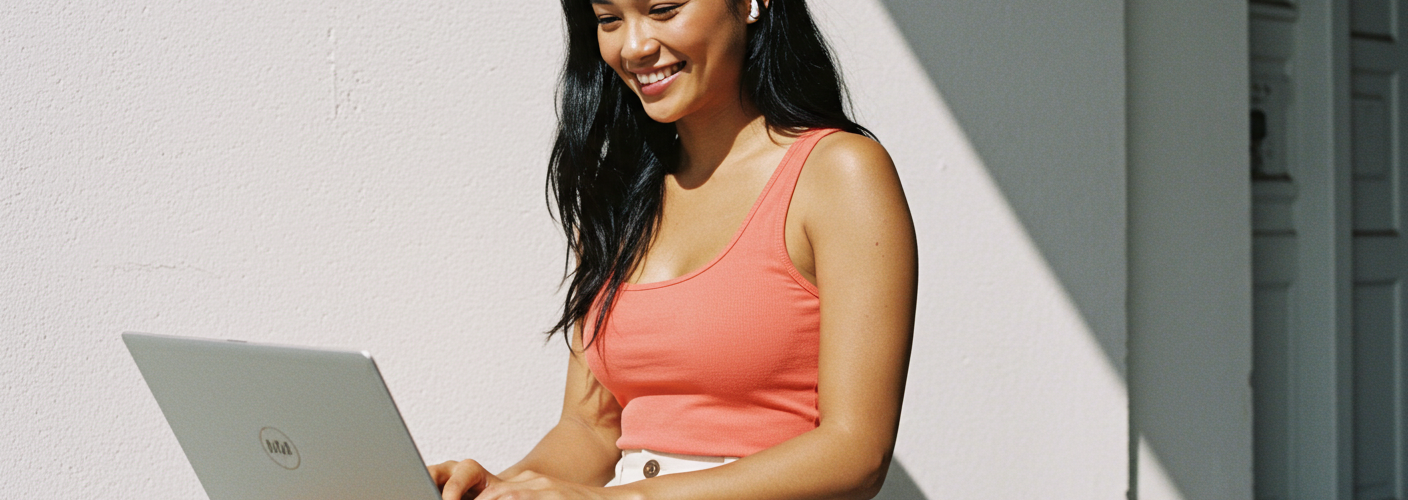Creating a Bootable Image of a Windows RE USB for Multiboot USB Drives
If you’re working with multiboot USB drives, you likely understand the importance of having a reliable Windows Recovery Environment (RE) at your fingertips. This can come in handy for troubleshooting, repairing, or restoring Windows systems. To integrate Windows RE into a multiboot USB drive, you’ll first need to create a disk image of your existing Windows RE USB. This guide will walk you through the process, ensuring you can add that essential recovery tool to your Ventoy or any other multiboot USB setup.
Step 1: Preparing Your USB Drive
Before you start creating an image, make sure your Windows RE USB drive is functioning correctly. The drive should be created using the Windows Recovery option, allowing it to boot into the recovery environment when needed. Plug in your USB drive and ensure it is detected by your computer.
Step 2: Selecting the Right Tool
While you mentioned trying Image Burn unsuccessfully, it’s worth noting that several other tools can create disk images effectively. Here are a few that you might consider:
- Win32 Disk Imager: This open-source tool is straightforward and user-friendly, designed for creating raw disk images.
- Rufus: A popular tool for creating bootable USB drives, Rufus can also create ISO images from your USB.
- dd (on Linux): If you have access to a Linux system, using the
ddcommand provides a powerful option to create a disk image.
For this guide, we will focus on using Win32 Disk Imager due to its simplicity and reliability.
Step 3: Creating the Disk Image
- Download and Install Win32 Disk Imager: You can find this tool on its official site. Ensure you have the latest version for optimal performance.
- Open Win32 Disk Imager: After installing, launch the program. You’ll see a simple interface with options to select your USB device.
- Select Your USB Drive: In the ‘Device’ dropdown menu, choose the drive letter corresponding to your Windows RE USB.
- Choose an Image File Location: In the “Image File” field, you’ll need to specify a destination for your new .img or .ISO file. Make sure to select a location that has enough storage space.
- Create the Image: Click the ‘Read’ button. This action will read the contents of your USB drive and write them to the specified image file on your computer. Wait for the process to complete; it may take a few minutes depending on the size of the USB.
Step 4: Adding the Image to Your Multiboot USB
Now that you have your bootable Windows RE image created, it’s time to add it to your multiboot USB drive using Ventoy or another multiboot tool.
- Copy the Image to the Multiboot USB: Simply drag and drop your newly created .img or .ISO file onto the Ventoy USB drive.
- Test the Multiboot USB: Restart your computer and boot from your multiboot USB drive. You should see an option to select your Windows RE image. Choose it and ensure it boots correctly into the recovery environment.
Conclusion
Creating a bootable image of your Windows RE USB drive is a valuable skill for maintaining Windows systems. By following the steps outlined in this article, you can easily create an image file and incorporate it into your multiboot USB setup. Having access to Windows RE through a multiboot drive can save time and effort during critical situations, making it an essential addition to your toolkit.





Add comment